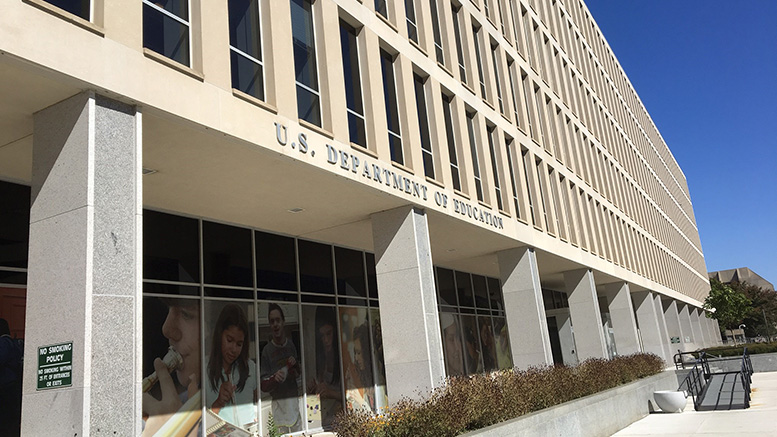Vocational rehabilitation (VR) and Individuals with Disabilities Education Act (IDEA) funds can be used for dual enrollment and other postsecondary education programs for students and youths with disabilities, according to a new guide from the U.S. Education Department (ED).
The department said on Tuesday that it issued the question-and-answer guide after it heard there was confusion about whether and when these funds could be used to help students and youths with disabilities access certain postsecondary programs.
VR and IDEA funds can also be used for comprehensive transition programs (CTPs). CTPs offered at colleges and universities provide inclusive, academic, social and career and technical education programs for individuals with intellectual disabilities seeking a postsecondary or college experience and career path, the department said. Participation in a CTP can yield academic credit leading to a postsecondary credential or degree.
“The department is committed to ensuring that students and youth with disabilities are held to high expectations and have the resources and supports needed to expand their learning opportunities and prepare them for success in postsecondary education or careers,” Johnny Collett, assistant secretary for ED’s Office of Special Education and Rehabilitative Services, said in a press release.
The ED document describes how state educational agencies, local educational agencies, state VR agencies and postsecondary institutions may coordinate to help students and youths with disabilities, including students and youths with intellectual disabilities, in preparing for postsecondary success.

